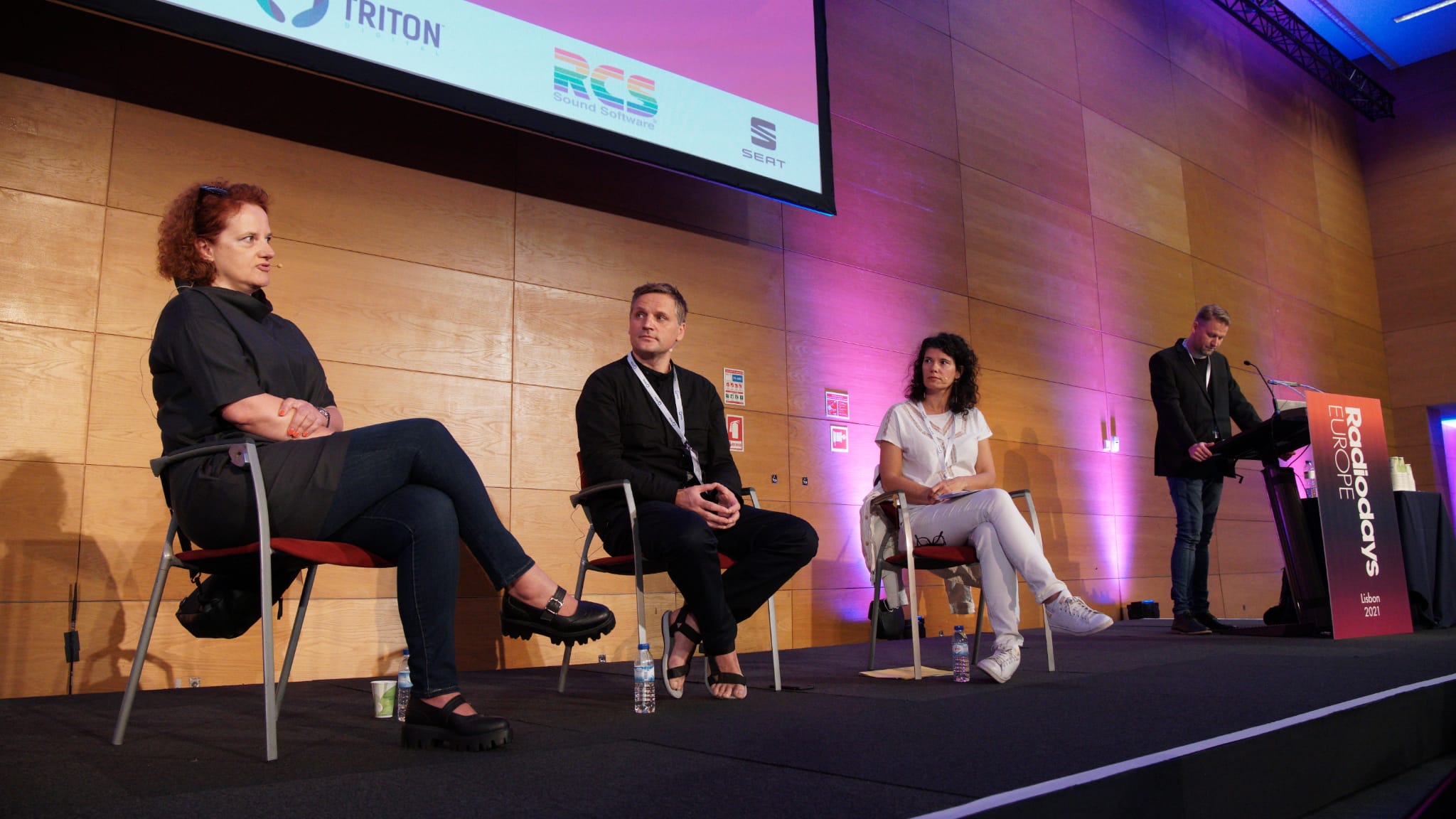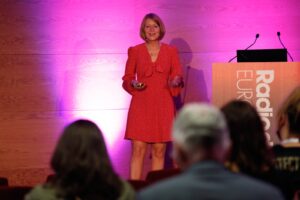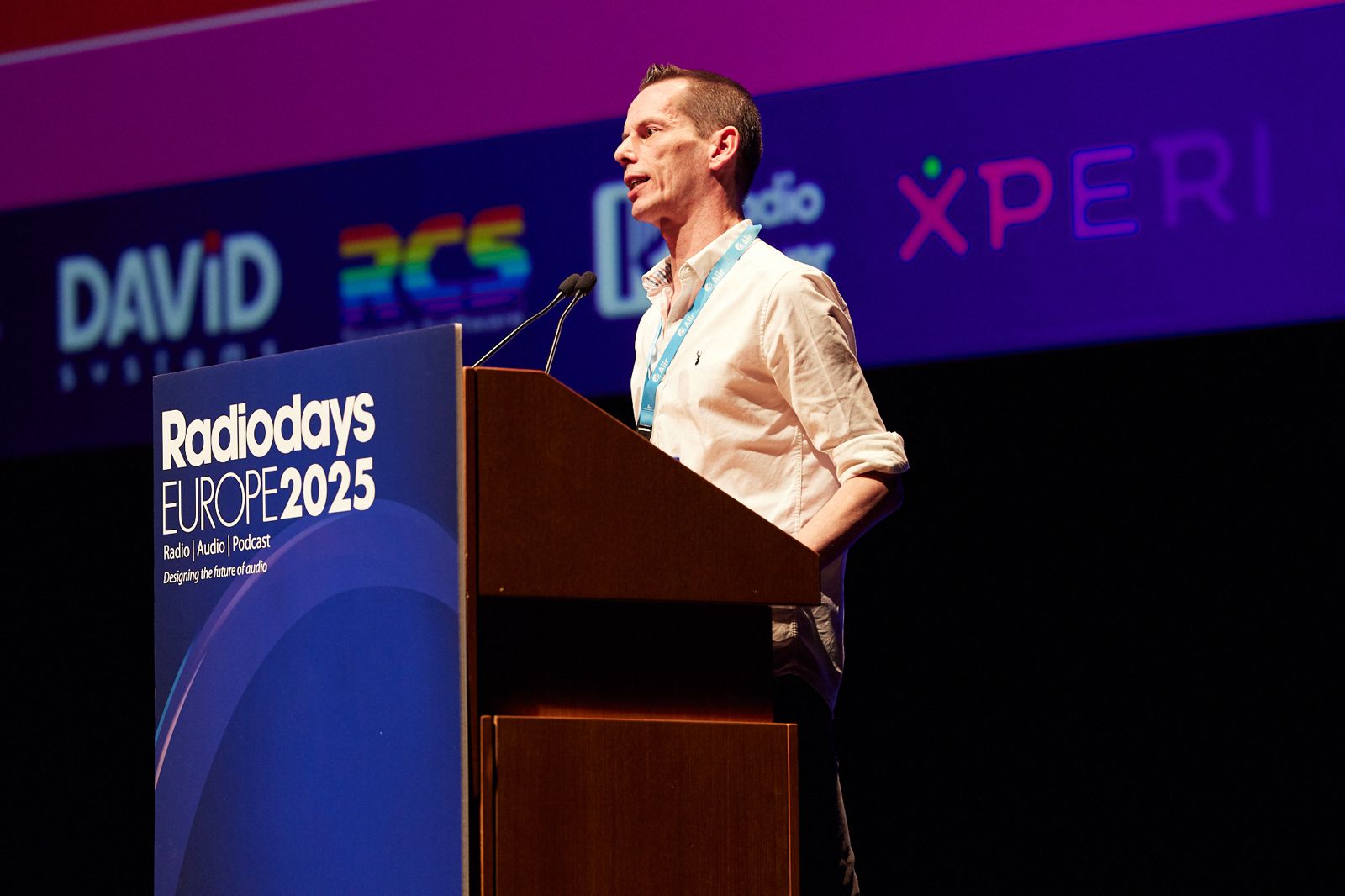
The rise of talk radio: “Understanding the world for our listeners”
Talk radio stations are on the rise around Europe. In this enlightening session, Estelle Cognacq, Nikolaj Thyssen and Kamila Ceran discuss why more and more listeners are growing an interest in talk formats.
Nikolaj Thyssen, Head of P1 at DR, noticed a significant increase in their audience numbers during the pandemic. However, the strategy of this Danish radio station nowadays is to become “slightly more exclusive” by losing a part of their audience: “It’s ok to lose 10% of your audience if you gain 10% of their attention”. DR has four shows during the day and is currently trying to invest in podcast formats.
The case of Polish radio is presented by Kamila Ceran, Editor-in-Chief of Radio TOK FM, which currently identifies as an opposition radio. “People are turning away from public stations to ask for the news”, Kamila says of the rise in listeners. As Poland is going through a difficult political situation, talk radio has become a way to fight propaganda and discuss social issues openly. During the pandemic, Radio TOK FM also became a platform where the public could ask experts questions and air their grievances.
“We are all trying to be a reference and as objective as possible” – Estelle Cognacq
Estelle Cognacq, Editorial Director at France Info, explains that their audience fluctuates with the news, rising rapidly in a time of crisis, such as with the occurrence of terrorist attacks. At the public radio station, Radio France, the program lasts 16 minutes a day to try to keep listeners on the antenna. “We are all trying to be a reference and as objective as possible”, says Estelle.
Written by: Beatriz Valente and Rita Silva




